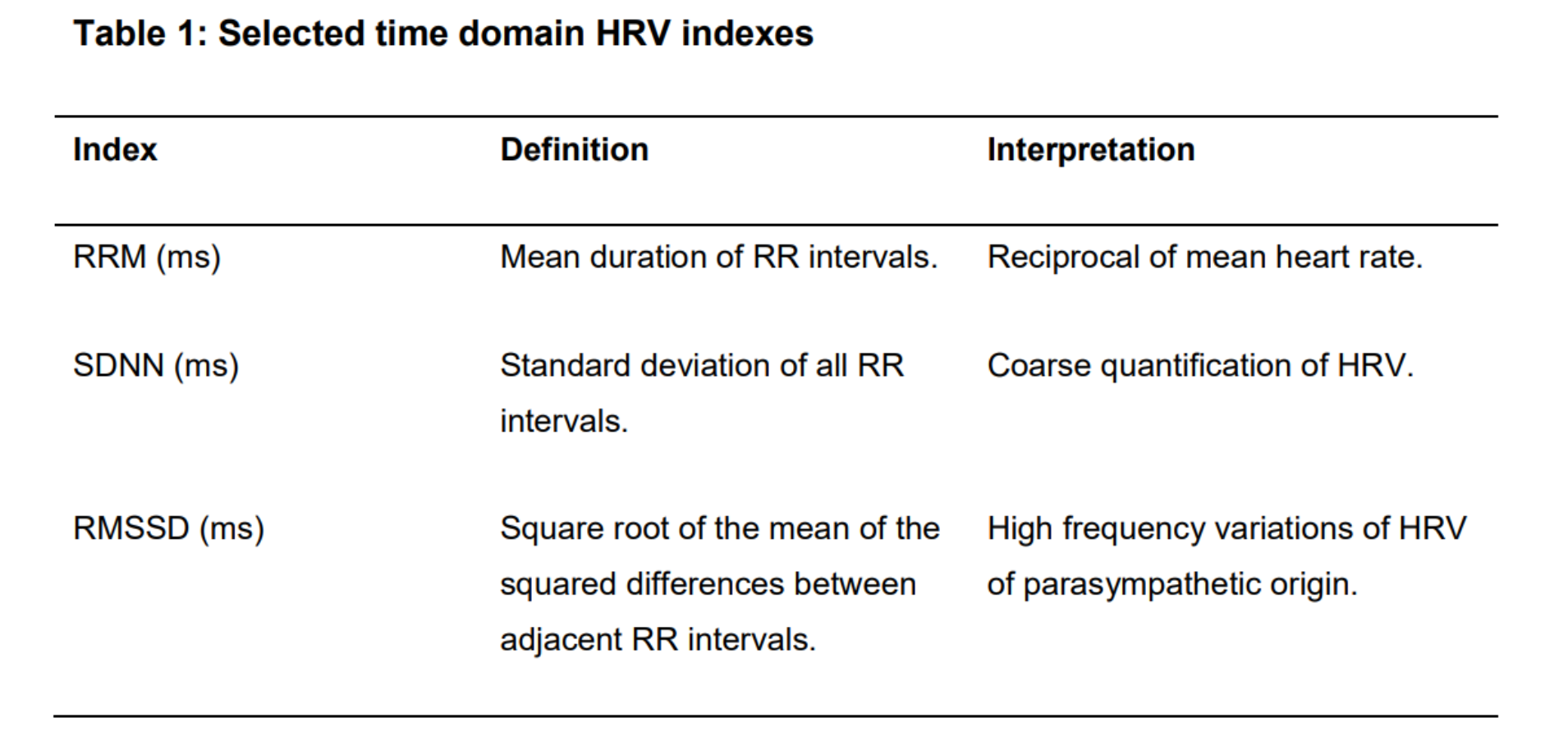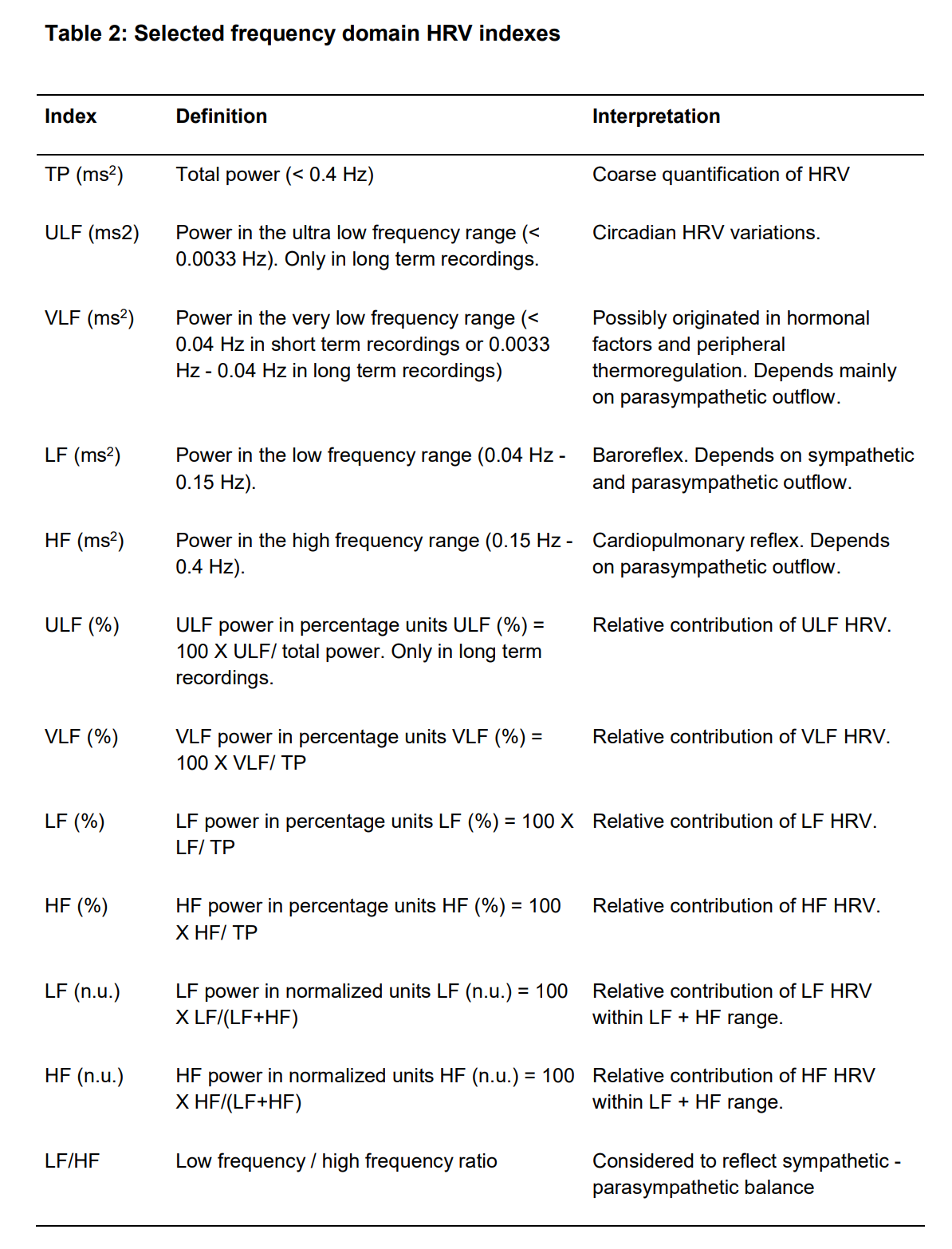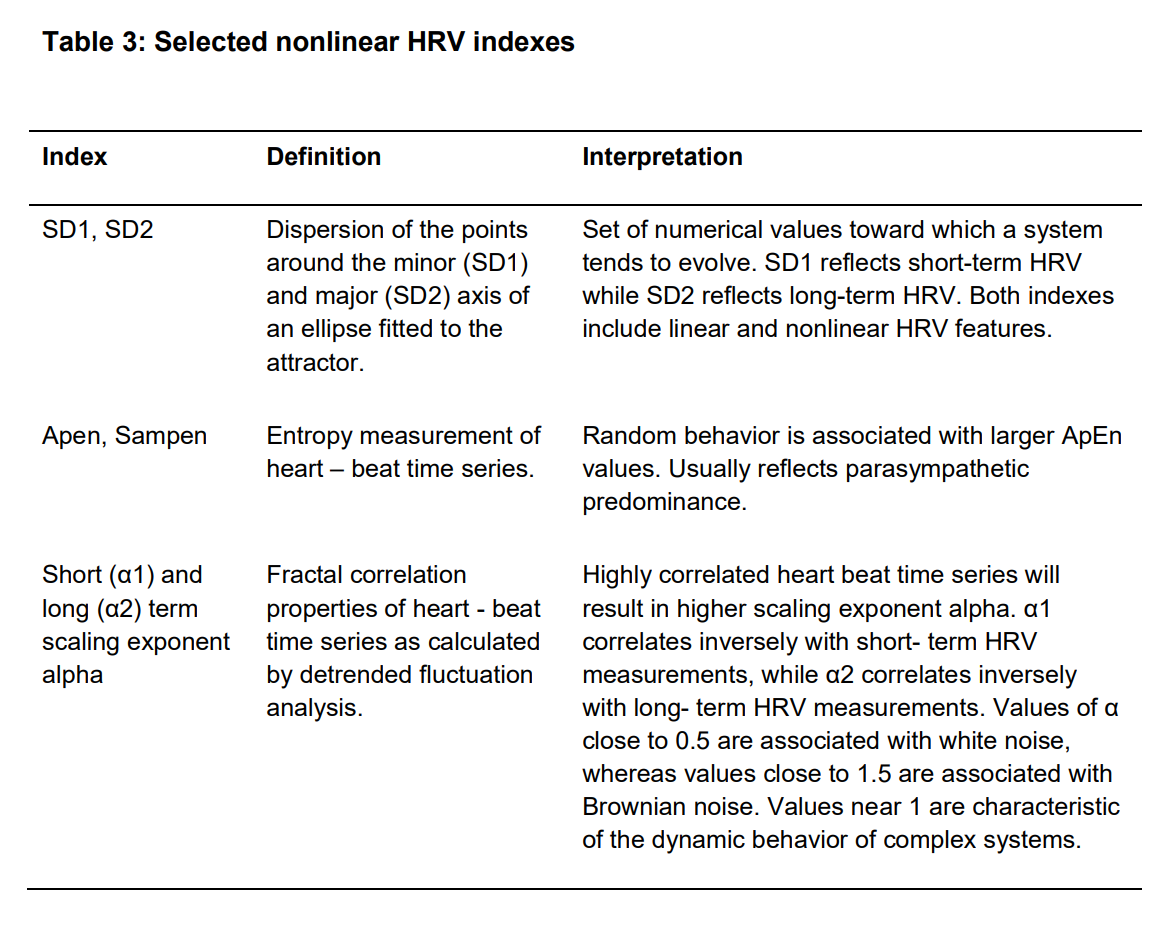At Edge Impulse, we've made substantial strides in simplifying the measurement of HR and HRV for resource-constrained devices — requiring as little as 7.5 KB in Flash and 1.6 KB in RAM. This feature has already been made available to all Enterprise plan users for full use and hardware deployment. Today, we're thrilled to take this journey further by offering in-platform (non-deployable) evaluation of the HR/HRV Digital Signal Processing (DSP) Block to ALL Edge Impulse users (encompassing the Community and Professional Plans)!
(Listen to a NotebookLM (AI) summary of this release in podcast format)
Few metrics are as vital in digital health engineering as heart rate (HR) and heart rate variability (HRV). These physiological signals transform our understanding of human health, providing deep insights into cardiovascular function, stress levels, fitness performance, and overall well-being. They are at the forefront of wearable technology and medical diagnostics, enabling a new era of personalized health monitoring.
Don't miss our Imagine 2024 announcement detailing Ultrahuman's use of our HR/HRV DSP Block. "(Ultrahuman) has deployed the Ring AIR, a wearable that monitors sleep, movement, and recovery. With Edge Impulse’s new HR/HRV model, Ultrahuman went from project start to mass production in just two months. They decreased their code size for that part of the algorithm by 40% — a major plus when integrating more algorithms into wearable devices." Read more here.
Demystifying HR and HRV
Before we delve into the latest announcement, let’s recap and establish a foundational understanding of HR and HRV.

Heart Rate (HR) Interbeat Intervals
The measurement and analysis of heart rate interbeat intervals (IBIs) are fundamental in studying cardiovascular physiology and health. IBIs, also known as RR intervals, represent the time intervals between successive heartbeats — specifically, the time elapsed between the R-peaks of consecutive QRS complexes on an electrocardiogram (ECG) waveform.
Heart Rate Variability (HRV)
Heart rate variability is a measure of the variation in time between successive heartbeats. It goes beyond the measurement of heart rate itself. These variations offer insights into the balance between the sympathetic and parasympathetic branches of the autonomic nervous system, providing valuable information on various aspects of our health, including:
- Cardiovascular Health
- Stress Levels
- Fitness and Recovery
As the saying goes, “A healthy heart is not a metronome” [1]; it exhibits complex patterns best described by mathematical chaos.
Real-World Applications Using HR/HRV Features

Atrial Fibrillation Classification
Atrial fibrillation, a common cardiac arrhythmia affecting millions, can be detected using our HRV features extracted from PPG signals [2]. This approach offers diagnostic accuracy comparable to ECG-based methods, enhancing diagnostic accessibility for a broader population.

Stress Detection
Psychological stress affects the sympathovagal balance, which is closely reflected in HRV metrics. This demonstrates that HRV can serve as an informative marker of the physiological effects of psychological stressors in healthy adult populations.
Sleep Staging
Recent studies [3] have explored the use of HRV as a parameter for sleep staging. It offers a convenient, non-invasive, and cost-effective approach to monitoring sleep stages. Combining HRV features with actigraphy and respiratory features can further enhance accuracy.
Why This Matters
Accurately measuring and interpreting HR and HRV signals opens up a world of possibilities:
- Stress Detection: Identify stress levels in real-time to promote mental well-being
- Fitness Tracking: Monitor recovery and performance metrics for athletes
- Medical Diagnostics: Aid in detecting cardiovascular anomalies on the go
- Wellness Apps: Personalize user experiences based on physiological data
Key Features of the HR/HRV DSP Block
Our HR/HRV DSP Block is packed with features designed to make complex signal processing accessible:
Multi-Signal Input Support
- PPG and ECG Signals: Compatible with photoplethysmography (PPG) and electrocardiogram (ECG) inputs
- Accelerometer Integration: Utilize accelerometer data to filter out motion artifacts, ensuring cleaner signals in dynamic environments
Real-Time HR Output
- Heart Rate Monitoring: Provides up-to-date heart rate measurements every 2 seconds, ideal for applications requiring immediate feedback
Comprehensive HRV Analysis
- Time-Domain Features: Metrics like RMSSD and SDNN offer insights into heart rhythm consistency
- Frequency-Domain Features: Analyze VLF, LF, and HF bands to understand the balance of the autonomic nervous system
- Nonlinear Features: Advanced calculations like Sample Entropy and Detrended Fluctuation Analysis (DFA) reveal complex heart dynamics
Optimized for Embedded Systems
- Lightweight Footprint: Requires approximately 7.5 KB in Flash and 1.6 KB in RAM, making it perfect for devices with limited resources
- Real-Time Processing: Designed to deliver swift computations, enabling immediate responses in edge applications
Deployment Restrictions
- Deployment Details: All users (Community, Professional, and Enterprise Plan) can extract HR/HRV features using this DSP Block for testing purposes. However, the deployment option is only available for Enterprise users.
Join the Next Wave of Edge AI Innovation
The integration of HR and HRV analysis into edge devices represents a significant leap forward in health technology. By making these advanced features accessible for evaluation, we're opening doors for developers to create more responsive, personalized, and impactful applications.
Ready to Dive In?
- Explore the HR/HRV DSP Block: Visit the HR/HRV DSP Block documentation and start experimenting today
- Previous announcement blog Getting the Pulse: Technical Insights Into Edge Impulse’s New HR and HRV Blocks
Let's shape the future of health monitoring together. With the new HR/HRV DSP Block, the possibilities are endless, and we can't wait to see what you create.
Appendix



References
[1] - Shaffer, F., McCraty, R., & Zerr, C. L. (2014). "A healthy heart is not a metronome: An integrative review of the heart’s anatomy and heart rate variability". Frontiers in Psychology, 5, 1040.
[2] - Maxime Voisin*, Yichen Shen*, Alireza Aliamiri, Anand Avati, Awni Hannun, and Andrew Ng. Ambulatory Atrial Fibrillation Monitoring Using Wearable Photoplethysmography with Deep Learning
[3] - Radha, M., Fonseca, P., Moreau, A. et al. Sleep stage classification from heart-rate variability using long short-term memory neural networks. Sci Rep 9, 14149 (2019).
[4] - Lu, Lei & Zhu, Tingting & Morelli, Davide & Creagh, Andrew & Liu, Zhangdaihong & Yang, Jenny & Liu, Fenglin & Zhang, Yuan-Ting & Clifton, David. (2023). Uncertainties in the Analysis of Heart Rate Variability: A Systematic Review. IEEE reviews in biomedical engineering. PP. 10.1109/RBME.2023.3271595.
[5] - Rajendra Acharya, U et al. “Heart rate variability: a review.” Medical & biological engineering & computing vol. 44,12 (2006): 1031-51. doi:10.1007/s11517-006-0119-0
